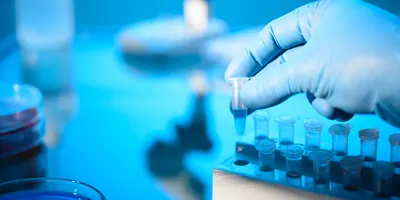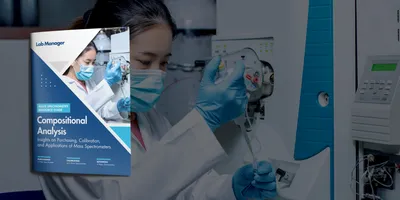Skin cells and their DNA varies between individuals, but new data from Flinders University shows that some groups of people have higher variability in their cell deposits.
The South Australian forensic science researchers are building a suite of new insights into crime scene investigation—including the difference between high, intermediate, and low skin “shedders” that will help understanding of trace or “touch DNA.”
The latest research, “DNA deposited in whole thumbprints” (published in Forensic Science International: Genetics), further studies inter-variation of DNA shedding obtained from experiments on samples gathered from 10 different people and 30 of their thumbprints.
“The first challenge at a scene is finding touch DNA, which is why we have developed an accurate special aerosol fluorescent dye ‘marker,’” says Professor Adrian Linacre, who leads Flinders University’s forensic DNA technology research group.
“A further challenge is evaluating the value of the evidence, and that’s where shedders are a factor. Data like this new study allows a growing understanding of differences in DNA shedding between people, and why we might find traces of people’s DNA a long time after an event.”
Flinders University PhD candidate Todd Kaesler says: “We have found that some people have higher intra-variability, indicating that these individuals will not always reliably pass on similar amounts of cellular material and DNA. This is individual-dependent. Any new data on cell deposition goes to strengthen our understanding of how cells are deposited and why some are found well after a criminal event.”
The study used a nucleic acid binding dye that shows the number of cells deposited when a person touches an object.
“Our work leads to more reliable touch DNA collection methods, which can be key in forensic casework,” says Linacre.
“We look forward to producing more accurate methods and informative research to help forensic scientists to fulfill their roles in a challenging environment.”
- This press release was originally published on the Flinders University website











